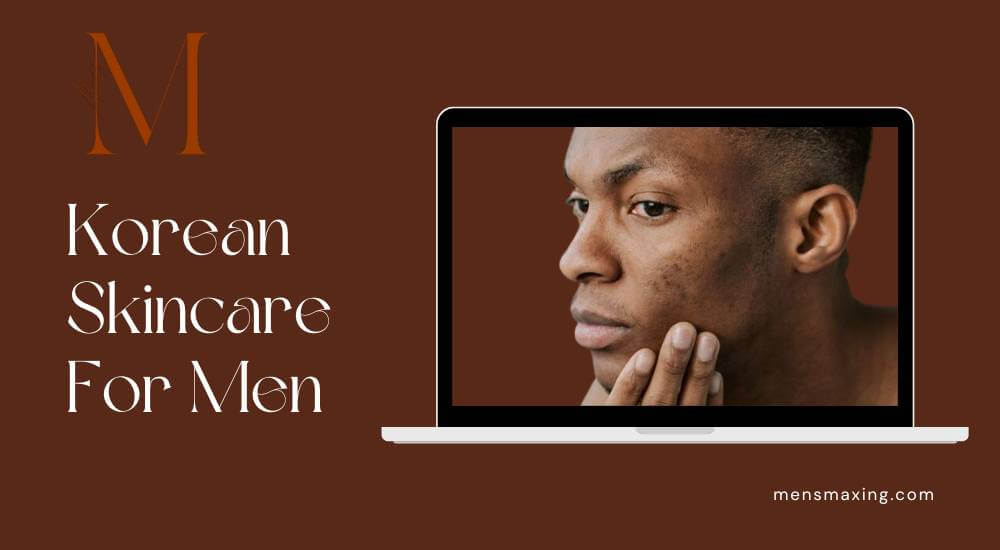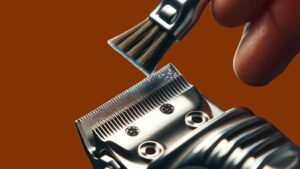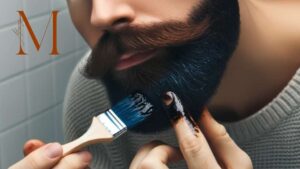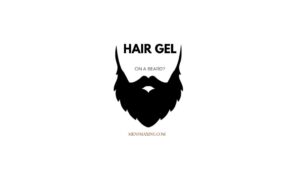
Korean Skin Care Routine For Men
The Korean skin care routine for men is becoming more popular day by day. Grooming is no longer in 3 steps with soap, water, and filler because it has long been replaced with modern products for which each has a special purpose. It doesn’t matter if you are in your 20s or looking for an anti-aging solution, this routine can be used for any purpose, which is why it is so special and gaining so much popularity.
The 10-step Korean skincare routine, known as “K-beauty,” has been embraced by women for a while, and now more men in the West are discovering its effective products and pampering routines.
The 10-step Korean skincare routine may seem like a lot of work and isn’t for those who keep their skincare simple. However, it’s a form of dedicated self-care that delivers impressive results.
What is Korean Skincare?
Korea has always been known for the science of skin care, where about 10 years ago it attracted the attention of people from the West. This routine is characterized by ingredients such as snail mucus, green tea, licorice root, pearl, birch, bamboo extract, and many more. The main and most popular thing about Korean skin care is that it requires 5 to 10 steps (sometimes even more), unlike the usual routine where you only have 3 steps: exfoliation, cleansing, and moisturizing.
Korean Skin Care Routine For Men
If you think that the Korean routine is difficult and excessive because it has 10 steps, don’t worry, it is not that complicated or difficult, and most importantly, it doesn’t take much time as it sounds. Now let’s take a look at the real products used by K-pop stars, in order and explaining what each product is for.
Step 1 and 2: Double Cleansing

The first 2 steps of Korean Skin Care Routine is Double Cleansing, it means that you apply two cleansers on your face – oil based and water based.
Oil cleansers remove oil-based dirt like pollution and sunscreen. They’re nourishing, hydrating, and calming, with a natural scent.
Water Cleansers remove any lingering water-based impurities.
Dermatologists have endorsed the practice of double cleansing for nearly as long as it has been popular in Korean skincare. The logic is sound: oil effectively dissolves oil, but an additional cleanser is essential to eliminate water-based impurities. Opt for mild cleansers like a milk-based one, which effectively removes what needs to be exfoliated without excessively drying the skin.
Step 3: Exfoliation

Physical exfoliants take the form of gritty scrubs, employing ingredients such as walnut, rice, or salts. These can be rather robust on the skin and are particularly beneficial if you have facial hair or contend with dry skin. However, for those not falling into these categories, it’s advisable to opt for a chemical exfoliant containing an AHA (alpha hydroxy acid) such as glycolic, lactic, or mandelic acid. This offers a more comprehensive removal of dead skin cells.
Step 4: Toning

Unlike Western toners, which are often astringent and designed to remove traces of makeup and oil, Korean toners are formulated to balance the skin’s pH levels and prepare it for better absorption of subsequent products. These toners are packed with ingredients like hyaluronic acid, botanical extracts, and vitamins, which helps to replenish and soothe the skin – leaving it hydrated and primed for the rest of the skincare routine.
Step 5: Serum
In the world of Korean skincare, treatments are your go-to solutions for addressing specific concerns, often referred to as serums. They’re packed with potent ingredients, laser-focused on tackling issues like wrinkles or acne.
Serums are packed with strong ingredients that work wonders for your skin, they can help with hydration, aging, and many more. If you want to target specific issues, like large pores, use niacinamide. For dull skin, go for vitamin C. And if you’re dealing with wrinkles, try a serum with peptides. It’s like personalized skincare in a sheet.
Step 6: Sheet Mask

Sheet masks are like serum-infused cloths that you delicately drape over your face for roughly 20 minutes. Just like exfoliants, sheet masks aren’t an everyday affair, nor should they be, you should apply sheet mask twice a week. It will allow your skin to absorb the moisture and stay hydrated.
Step 7: Eye cream

Products like eye gels, creams, or oils are meticulously crafted to cater to the delicate, sensitive skin around your eyes. Eye gels are great for younger skin and tackling puffiness, while eye creams are perfect for older skin aiming to firm up. If you’re dealing with dark circles, genetics play a big role, but a brightening eye gel can help lighten them. To use it, gently tap it around your eye area with your ring finger in the morning and at night for hydration and brightness.
Step 8: Emulsion
Emulsions are light moisturizing creams that work best for men in humid climates, precisely because they are light, you won’t have problems like with other creams that are heavy and hard to absorb into the skin. Like regular moisturizers, emulsions provide the hydration, vitamins and active ingredients your skin needs for day-to-day lives. You should use them twice a day, in the morning and in the evening.
Step 9: Moisturizers
Korean skincare places great emphasis on hydration, that’s why moisturizers play a crucial role.
Moisturizers seal in moisture, keeping your skin hydrated and preventing water loss, which is their main job in the skincare routine.
Properly moisturized skin looks more vibrant, feels smoother, and is better equipped to defend against environmental stressors.
Step 10 : SPF

Sun damage is the main reason for skin issues like dark spots, dryness, and aging. In Korea, they really don’t like the sun’s effects on the skin, so they use sunscreen as a powerful defense in their last step.
Consequently, more products, including foundation and moisturizer, come fortified with built-in SPF.
Absolutely! Korean skincare offers products, such as oil-free moisturizers and mattifying toners, specifically designed for oily skin. These can help control excess oil production.
Yes, many Korean skincare products are formulated to address acne and breakouts. Look for products containing salicylic acid, tea tree oil, or niacinamide, which can help manage acne.
Results from a Korean skincare routine vary based on your skin type, products used, and goals. Here’s a quick summary:
Skin Type Matters: Different skin types see results at different speeds (oily, dry, sensitive).
Be Consistent: Stick to your routine daily for results. Goals Affect Timing: Improving acne takes time, while maintaining healthy skin gives subtle results.
Product Impact: Specific products and their ingredients influence how quickly you see changes. Patience Is Key: Skincare takes time, quick results may harm your skin.
Customize Your Routine: Experiment with different products to find what suits your skin.
In general, expect subtle improvements in a few weeks, but major changes may take months. Consult a professional if you’re not seeing desired results.
Related Articles:
Patrick Bateman Morning Routine


